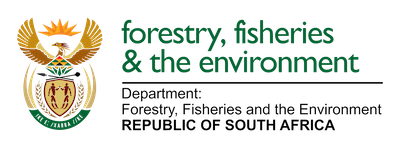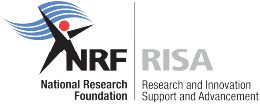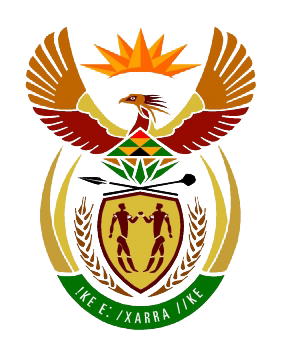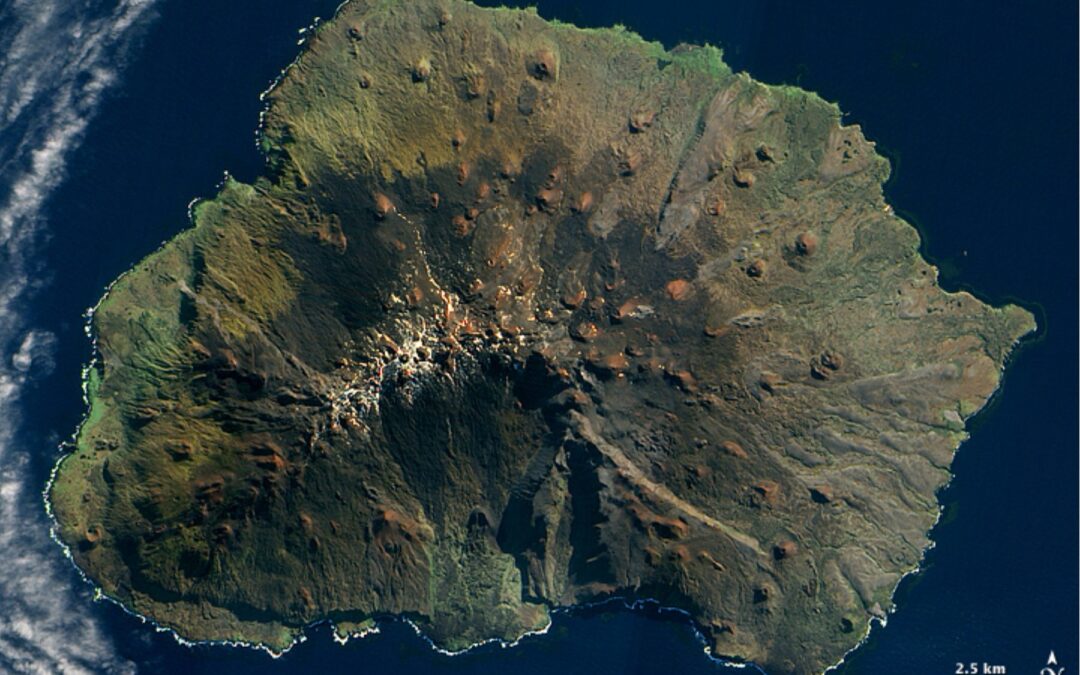
Forestry, Fisheries and the Environment on High Pathogenicity Avian Influenza suspected on sub-Antarctic Marion Island
High pathogenicity avian influenza suspected on sub-Antarctic Marion Island
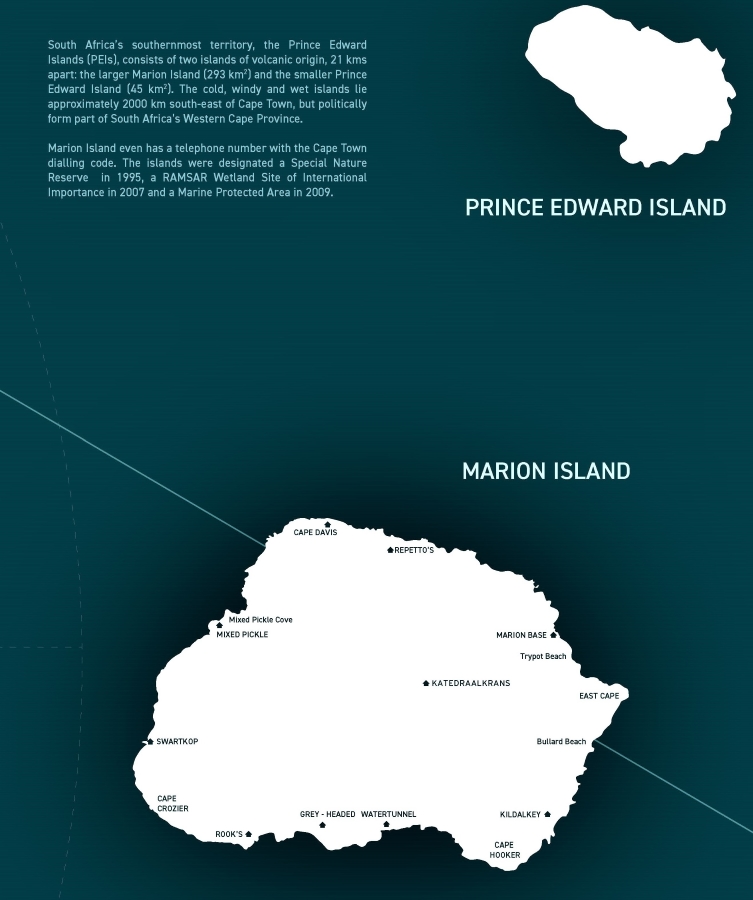 High pathogenicity avian influenza (HPAI) virus is suspected to have reached Marion Island, one of South Africa’s two sub-Antarctic islands in the southern Indian Ocean and is possibly responsible for causing mortalities in at least three breeding seabird species.
High pathogenicity avian influenza (HPAI) virus is suspected to have reached Marion Island, one of South Africa’s two sub-Antarctic islands in the southern Indian Ocean and is possibly responsible for causing mortalities in at least three breeding seabird species.
After an initial suspected case in a Brown Skua in mid-September 2024, another five suspected cases were found in early November 2024, involving three Wandering Albatross chicks and two Southern Giant Petrel adults. The virus can be transported long distances by migrating birds, and this is likely how the virus arrived on Marion Island.
Having spread across the globe since 2021, HPAI (H5N1) was detected in seabirds and marine mammals in South Georgia, southeast of South America, in October 2023. It reached Antarctica in February 2024 and suspected cases were reported from Southern Elephant Seals at Possession Island in the Crozet Archipelago, east of Marion Island, on 21 October 2024.
The Prince Edward Islands, comprising Marion Island and Prince Edward Island, are breeding and moulting sites for millions of seabirds, including almost half of the world’s Wandering Albatrosses and hundreds of thousands of penguins, and are home to large numbers of Southern Elephant Seals and Sub-Antarctic and Antarctic Fur Seals.
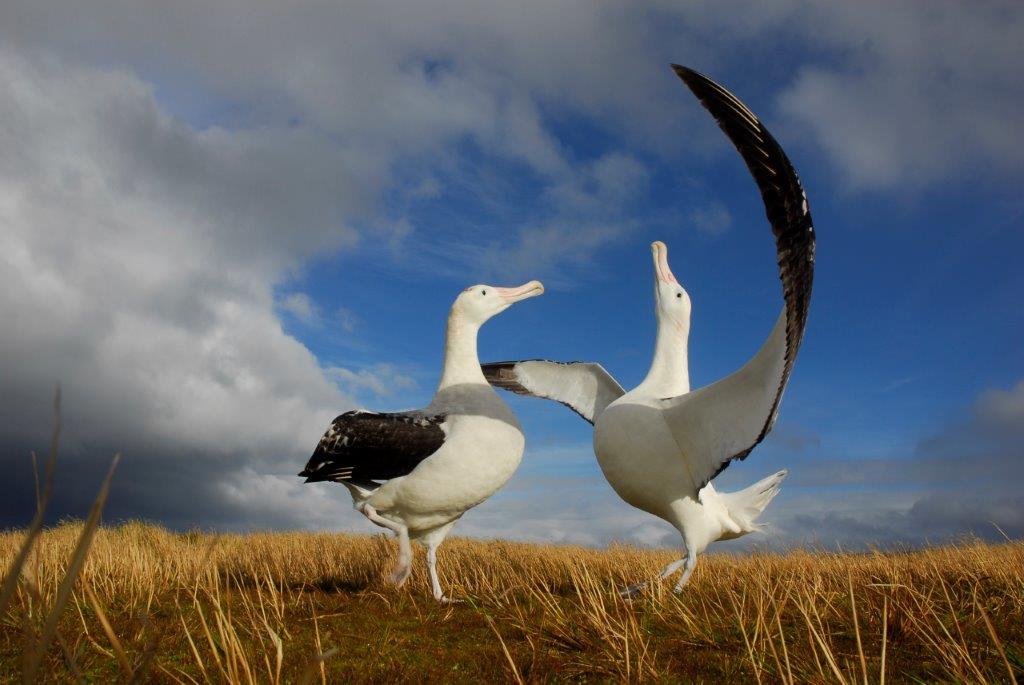 The situation is being closely monitored by the 11-field personnel overwintering on the island, who have been trained to recognise possible HPAI signs in birds and seals, and in the necessary monitoring and mitigation methods. They will be taking all precautions to ensure they do not spread the virus, and they are collecting information to assist with decisions about the appropriate response.
The situation is being closely monitored by the 11-field personnel overwintering on the island, who have been trained to recognise possible HPAI signs in birds and seals, and in the necessary monitoring and mitigation methods. They will be taking all precautions to ensure they do not spread the virus, and they are collecting information to assist with decisions about the appropriate response.
The Department of Forestry, Fisheries and the Environment, the management authority for the Prince Edward Islands, has developed a Protocol for the Management of High Pathogenicity Avian Influenza in Seabirds together with the Western Cape Veterinary Services, marine ornithologists, marine mammal biologists, disease experts and colleagues overseas with similar experience, and will continue to work to monitor and hopefully limit the spread of the virus on the island.
For media queries contact Peter Mbelengwa on 082 611 8197
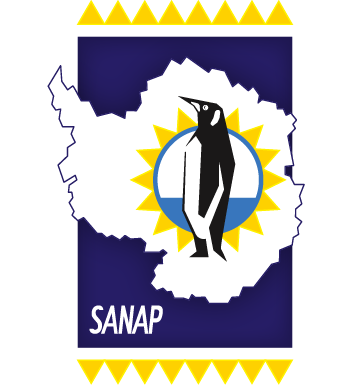

 Gough 69 Overwintering team newsletter now available. A bumper issue, you’ll get a glimpse of what life on Gough is like—the team’s unforgettable experiences, their personal growth, and the bonds they formed.
Gough 69 Overwintering team newsletter now available. A bumper issue, you’ll get a glimpse of what life on Gough is like—the team’s unforgettable experiences, their personal growth, and the bonds they formed. 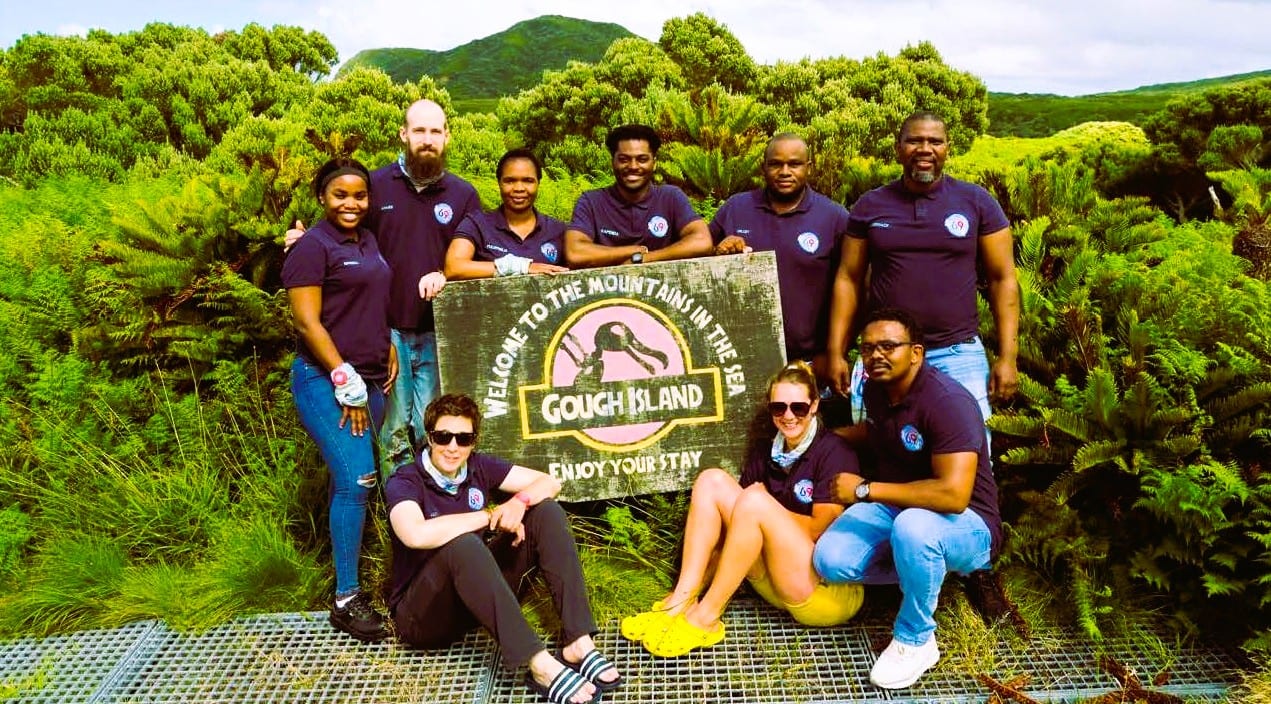 A word form the leader: “it’s my pleasure to reflect on the incredible journey we’ve shared over the past months, experiencing both the beauty and the challenges of this remote island. Overwintering on Gough Island has been an extraordinary adventure. Each of us came to this island with our own motivations and expectations, but we’ve grown together into a cohesive team—a family, really.” – Matshediso Meshack Mogorosi
A word form the leader: “it’s my pleasure to reflect on the incredible journey we’ve shared over the past months, experiencing both the beauty and the challenges of this remote island. Overwintering on Gough Island has been an extraordinary adventure. Each of us came to this island with our own motivations and expectations, but we’ve grown together into a cohesive team—a family, really.” – Matshediso Meshack Mogorosi Well done to all that represented South Africa at
Well done to all that represented South Africa at 


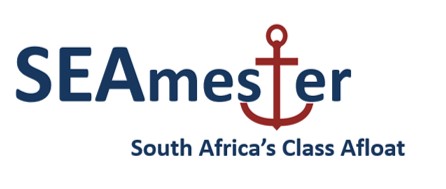 The
The The mid-term goal of SEAmester is to attract and establish a cohort of proficient marine and atmospheric science graduates who will contribute to filling the capacity needs of South African marine science. Furthermore, by involving researchers from across all the relevant disciplines and tertiary institutions in South Africa, SEAmester provides an opportunity to continue building a network of collaborative teaching within the marine field. In doing so, these researchers will foster and strengthen new and current collaborations between historically white and black universities. A core aim of SEAmester will be to transform the number of numerate postgraduate students entering the marine sciences. Within South Africa there continues to be an urgent need to redress the demography of scientists involved in oceanographic research, which remains skewed towards white South Africans. SEAmester has already proven to be extremely effective in responding to these challenges. Since its inception in 2016, over 120 male and 140 female students from 26 tertiary institutes, have been trained onboard the SA Agulhas II. With 64% of the enrolled students being black South African and from previously disadvantaged universities . Greater awareness of the ocean’s physical, biogeochemical and ecological response to climate change, highlighted through ship-board experiences, has already started to inspire and attract students into the marine sciences. This is a critical step if a new generation of marine scientists with a far higher calibre in the sciences are to be trained. Most importantly, SEAmester has already created opportunities for students from all social backgrounds to experience working life at sea. By achieving a more quantitative and experienced input into our postgraduate pipeline, we will, as a scientific community, greatly improve our long-term capabilities to accurately measure, model and predict the impacts of current climate change scenarios. We fully expect this to continue and to ensure that students who excel in numeracy, despite diverse economic, educational, ethnic and social backgrounds, are aware, have equal access to the benefits and opportunities afforded through this programme.
The mid-term goal of SEAmester is to attract and establish a cohort of proficient marine and atmospheric science graduates who will contribute to filling the capacity needs of South African marine science. Furthermore, by involving researchers from across all the relevant disciplines and tertiary institutions in South Africa, SEAmester provides an opportunity to continue building a network of collaborative teaching within the marine field. In doing so, these researchers will foster and strengthen new and current collaborations between historically white and black universities. A core aim of SEAmester will be to transform the number of numerate postgraduate students entering the marine sciences. Within South Africa there continues to be an urgent need to redress the demography of scientists involved in oceanographic research, which remains skewed towards white South Africans. SEAmester has already proven to be extremely effective in responding to these challenges. Since its inception in 2016, over 120 male and 140 female students from 26 tertiary institutes, have been trained onboard the SA Agulhas II. With 64% of the enrolled students being black South African and from previously disadvantaged universities . Greater awareness of the ocean’s physical, biogeochemical and ecological response to climate change, highlighted through ship-board experiences, has already started to inspire and attract students into the marine sciences. This is a critical step if a new generation of marine scientists with a far higher calibre in the sciences are to be trained. Most importantly, SEAmester has already created opportunities for students from all social backgrounds to experience working life at sea. By achieving a more quantitative and experienced input into our postgraduate pipeline, we will, as a scientific community, greatly improve our long-term capabilities to accurately measure, model and predict the impacts of current climate change scenarios. We fully expect this to continue and to ensure that students who excel in numeracy, despite diverse economic, educational, ethnic and social backgrounds, are aware, have equal access to the benefits and opportunities afforded through this programme.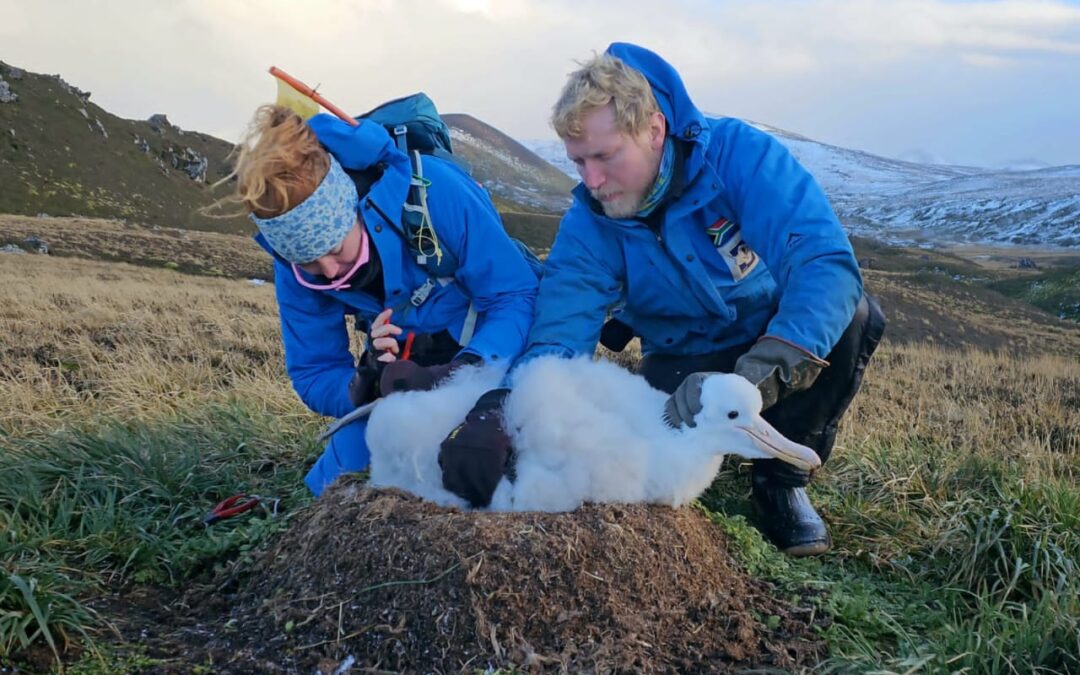
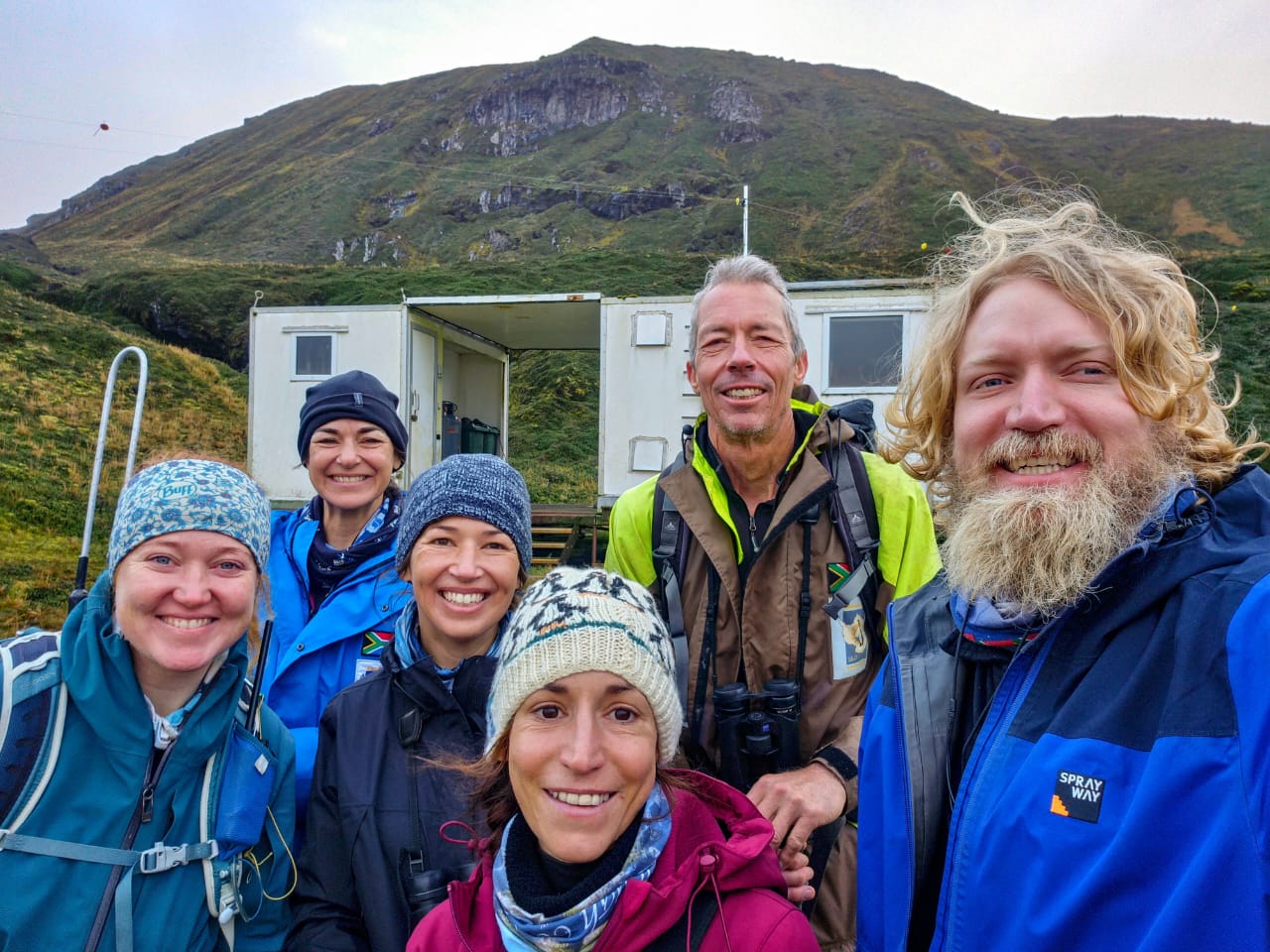 ABOVE: Michelle Jones (M80), Vanessa Steven (M81), Prof Susie Cunningham (UCT FitzPatrick PI), Rhiannon Gill (M81), Prof Peter Ryan (UCT FitzPatrick), Chris Jones (M80)
ABOVE: Michelle Jones (M80), Vanessa Steven (M81), Prof Susie Cunningham (UCT FitzPatrick PI), Rhiannon Gill (M81), Prof Peter Ryan (UCT FitzPatrick), Chris Jones (M80)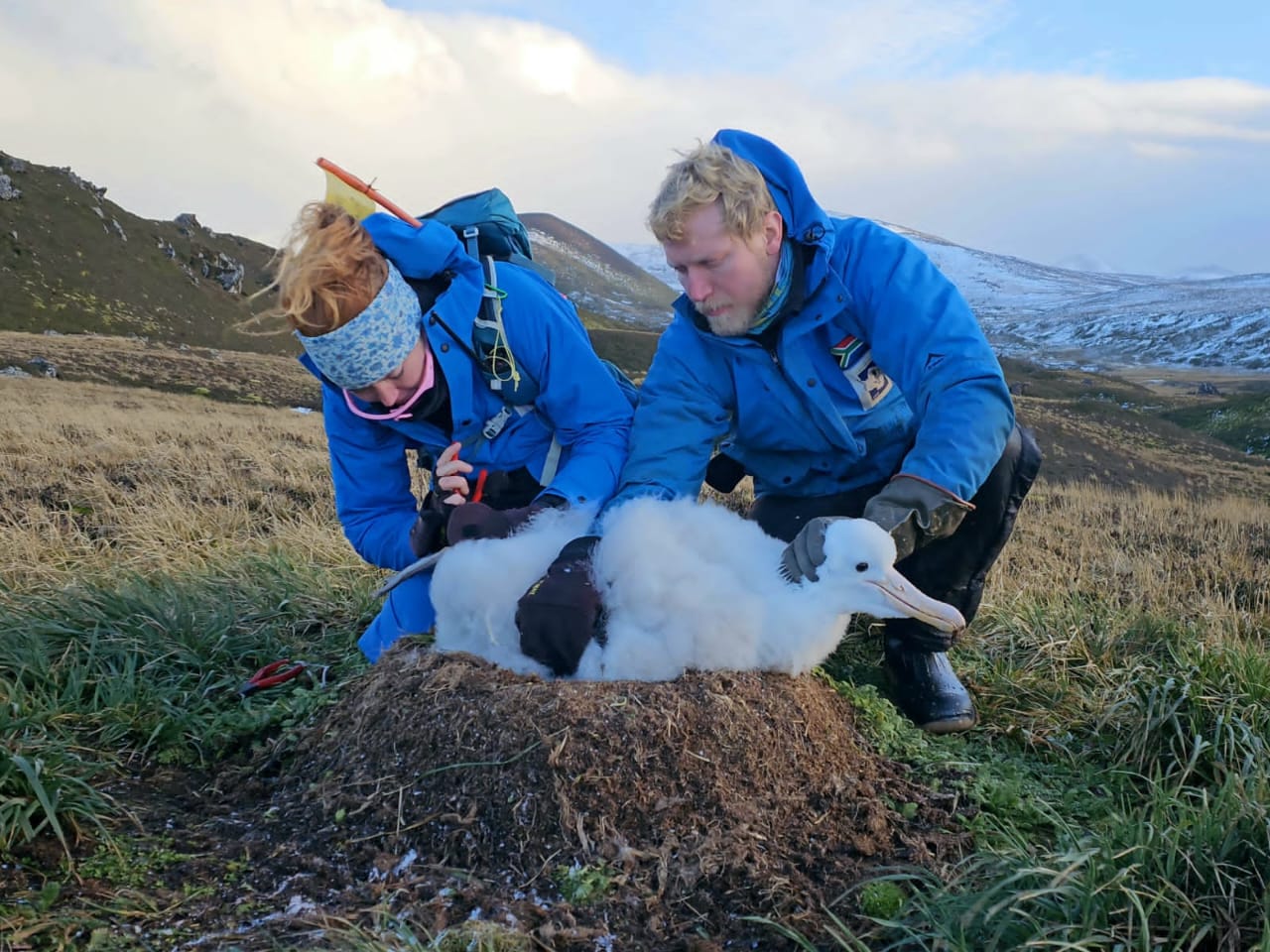
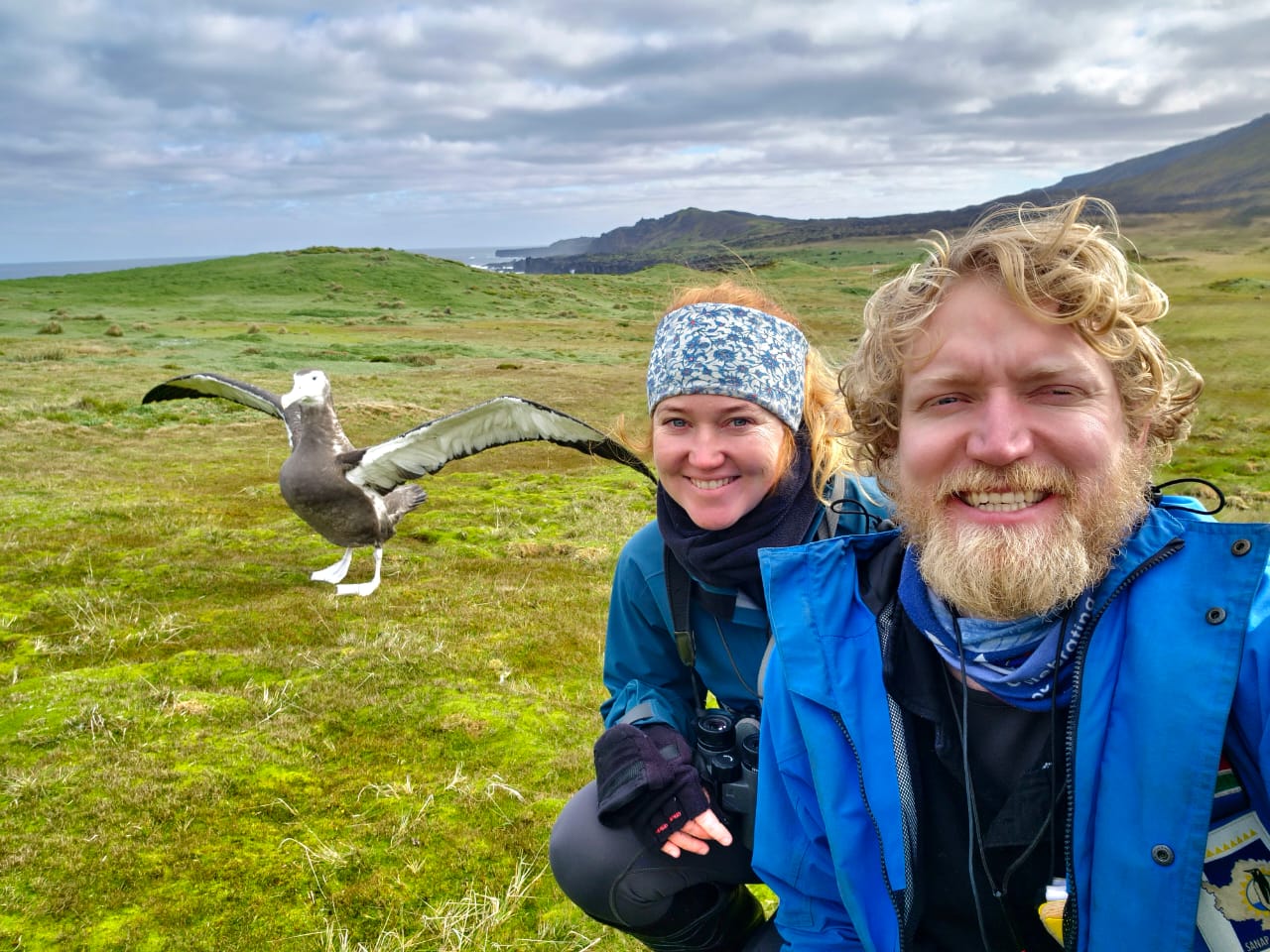 Above: Chris and Michelle Jones working with the Wandering Albatross during overwinter period
Above: Chris and Michelle Jones working with the Wandering Albatross during overwinter period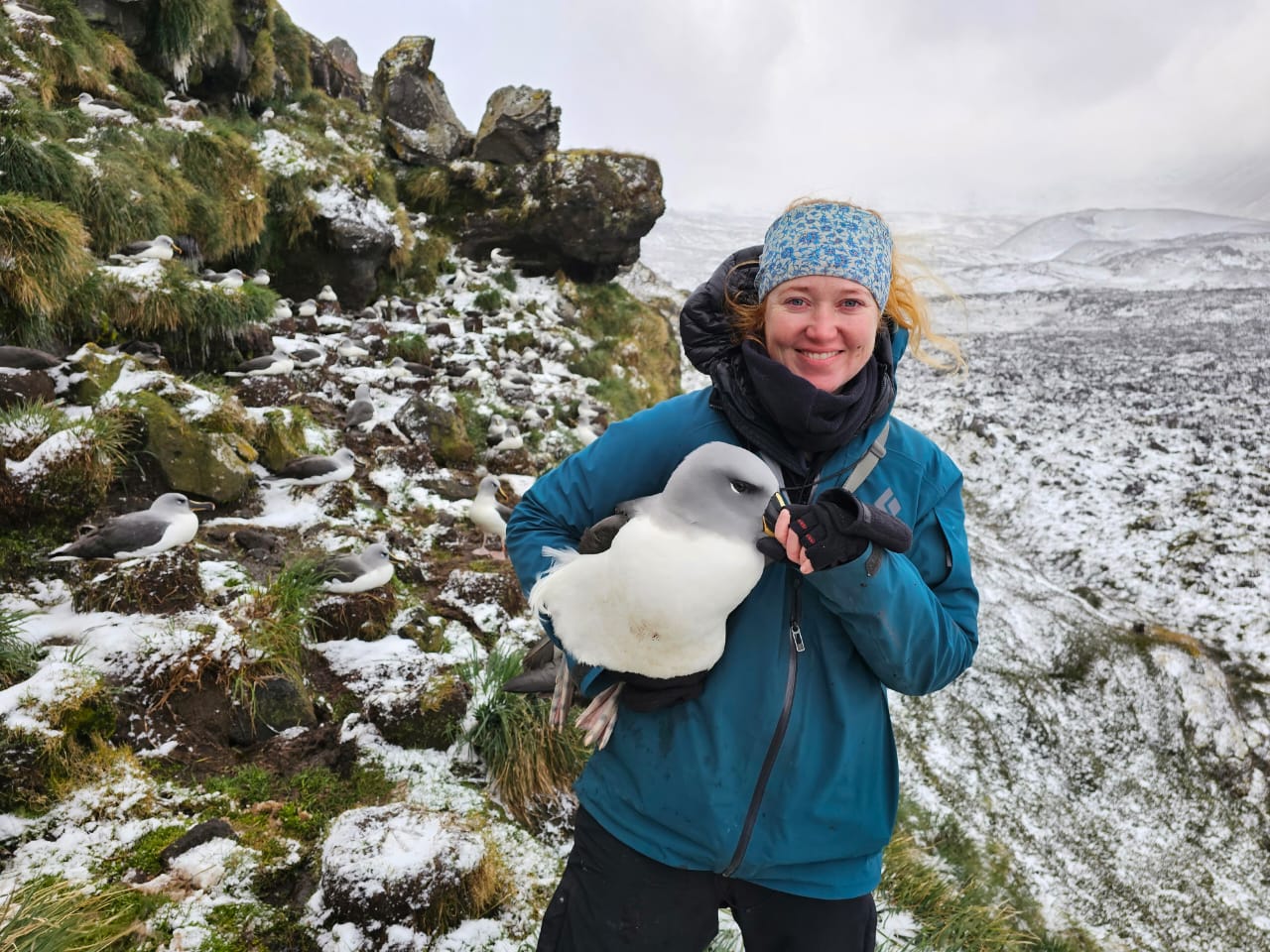
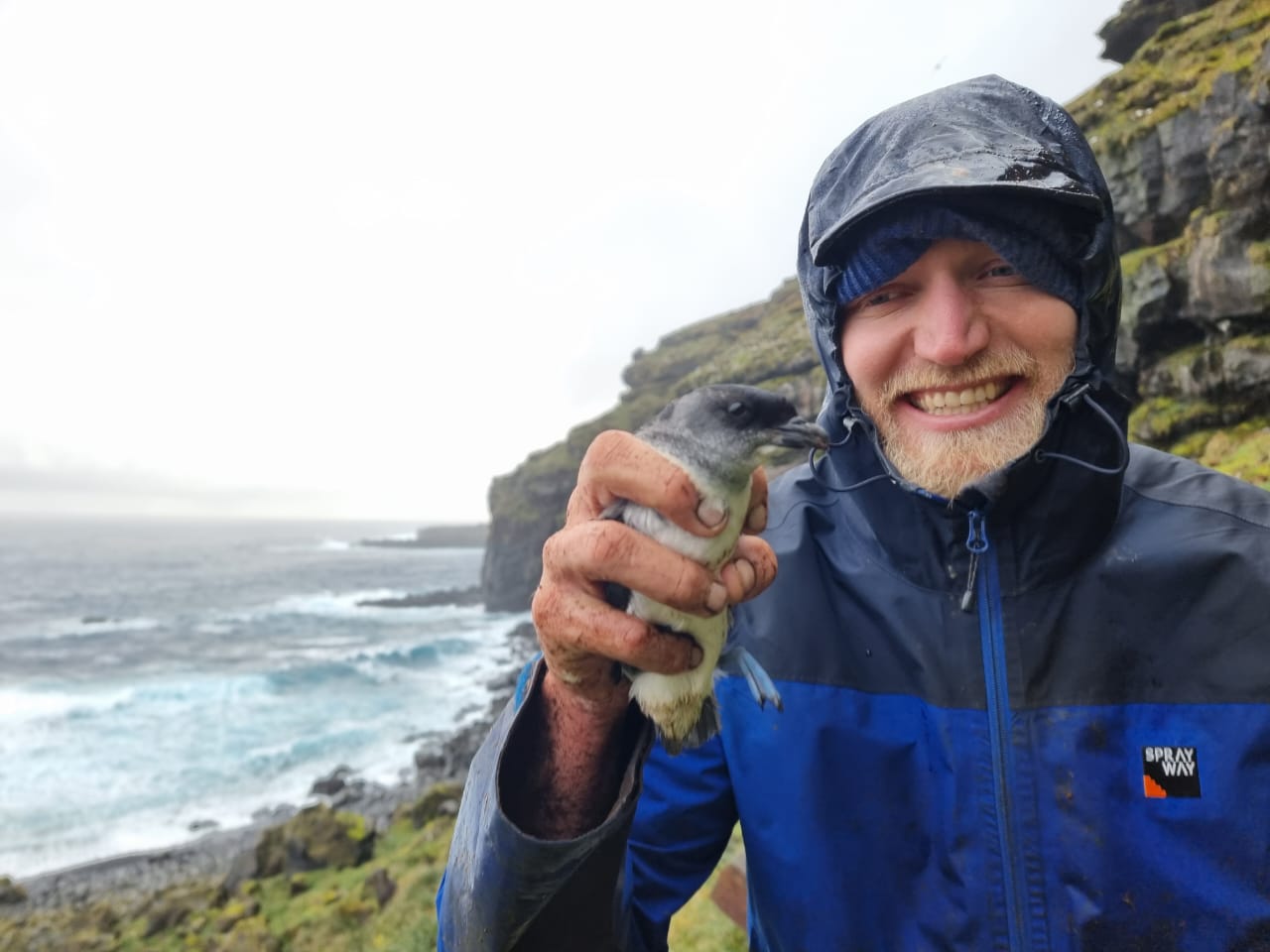 (left) Michelle Jones with Grey-headed Albatross and (right) Chris Jones with Common Diving Petrel
(left) Michelle Jones with Grey-headed Albatross and (right) Chris Jones with Common Diving Petrel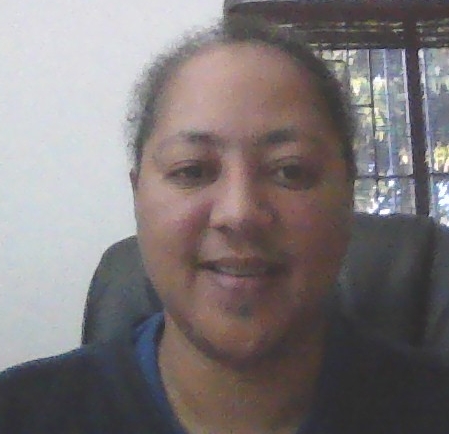

 Above: Marcel van den Berg, Issufo Halo, Jenny Huggett, Fannie Shabangu
Above: Marcel van den Berg, Issufo Halo, Jenny Huggett, Fannie Shabangu Above (l-r): Sarah du Preez, Robyn Daniels, Ivana Schafer, Amber Sneddon
Above (l-r): Sarah du Preez, Robyn Daniels, Ivana Schafer, Amber Sneddon
